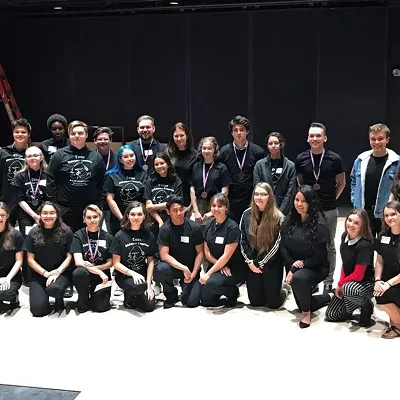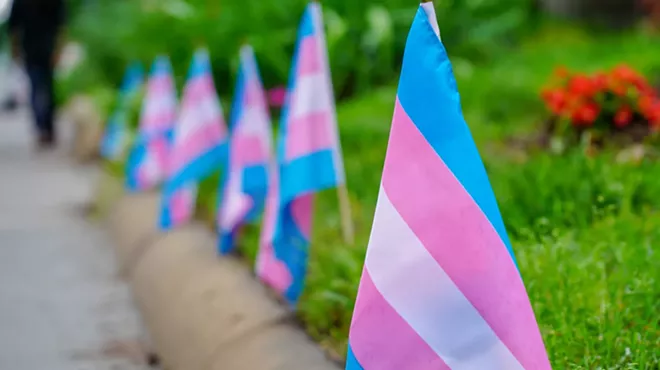Tuesday, October 20, 2015
US Dept. of Education Publishes Guide to Improve Academic Success of Undocumented Youth
The U.S. Department of Education released a guide for secondary schools, community colleges and universities on how to better support undocumented students. With approximately 65,000 undocumented youth graduating high school every year, according to the department, the tool is much-needed because undocumented students are one of the most vulnerable groups in U.S. schools.
In 2012, President Obama created the program Deferred Action for Childhood Arrivals, or DACA, which allows youth brought to the U.S. as children—and who meet certain guidelines—to apply for a renewable two-year work permit and permission to be in the country.
"Evidence suggests that DACA has helped to make significant improvements in the lives of undocumented youth educationally and economically," the guide says. "So far, more than 680,000 undocumented young people have received DACA. Some researchers predict that more than 400,000 children will turn 15 and age into possible threshold DACA eligibility in the next few years and another 400,000 undocumented individuals could meet the threshold DACA guidelines, but do not yet meet the threshold education criteria."
Their presence is large, but only about 54 percent undocumented youth in the country have a high school diploma, compared to 82 percent of U.S. born youth; and merely 5 to 10 percent of undocumented high graduates enroll in a higher ed institution, the guide says. With the right tools, the country could really be taking advantage of the potential undocumented youth posses.
"Despite these significant challenges, many undocumented youth have achieved academic success—graduating from two-and-four-year higher education institutions and empowering other undocumented youth through mentorship and volunteering," the guide says.
The guide is based off case studies and testimonies from undocumented youth—all pointing to the fact that a major influence in their academic success has been the support of family, educators and other adults in their lives. Research also shows that certain tools, such as extracurricular activities and engaged parents, can "boost resiliency among undocumented youth, and are correlated with greater educational attainment."
From the guide:
"As a nation of immigrants, the United States has benefited tremendously from the talents, values, and contributions of newcomers to our shores. In the face of immense barriers, many undocumented youth have exhibited exemplary perseverance, work ethic, and leadership. Yet hurdles and challenges remain. Many educators, counselors, and school leaders have expressed interest in learning how to better support all children so that they can achieve educational and economic success – regardless of actual or perceived immigration status. Informed by research and promising practices, the U.S. Department of Education (Department) has compiled this Resource Guide to assist and enhance State and local efforts to support undocumented youth at the secondary and postsecondary school levels.Some of the suggestions the department has for secondary schools are: To create an open and welcoming environment; build staff capacity and knowledge about undocumented youth; share information and resources with youth and families; engage families and community organizations; provide additional academic supports for undocumented youth if needed. The suggestions for higher ed institutions are similar.
However, high-quality early learning and elementary education is critical to college and career success for all children. Therefore, the Department will in coming months release a separate resource guide on early learning and elementary education that includes promising practices for serving undocumented children and children of undocumented parents. The Department hopes that educators, schools, and campuses will, as they see fit, draw upon the tips and examples in this Guide to better support undocumented youth and, ultimately, move us closer to the promise of college and career readiness for all."
Read the entire guide on the department's website.
Tags: us department of education , deferred action for childhood arrivals , daca , undocumented , youth , education , high school , higher education













